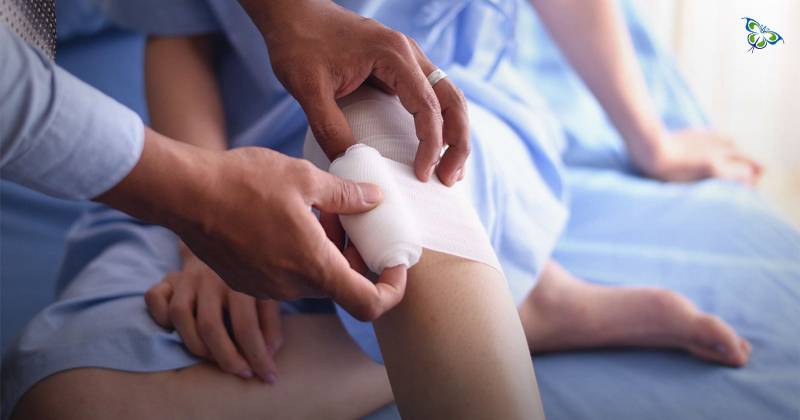
Hello
Select Address

The name itself allows you to make out its prime functionality – filling a deep-cut region of a wound. Wound fillers are mostly used as primary dressing material. They may be used as a secondary dressing as well. Since wounds can be so different, fillers come in various forms too – powders, gels, foam, beads, pastes, creams, and ointments too. As an effective wound filler, here are some of the functions that they perform –
• They act as packaging material in wounds that are highly draining
• They, therefore, aid in filling up dead spaces too
• Sometimes they promote autolytic debridement in the wound bed
• They are often highly absorbent
Wound fillers are thus mostly recommended for partial to full-thickness wounds. Wounds that have exudates up to even a moderate amount are treated with fillers. Moreover, they are suited for infected areas too.
The only challenge that you are faced with while applying fillers for your wound treatment is that they need a secondary dressing. This almost becomes mandatory because you obviously need support to hold the fillers in place. Fillers, therefore, cannot treat a wound all by itself.
Secondly, one needs an overall knowledge of fillers before going in for them. As they come in different types, the wound area needs to be thoroughly inspected before applying the filler. Say for instance the powder fillers, if applied in dry wounds, would have dangerous consequences!
Packaging your wound...a meticulous job!
Since wounds require packing and re-packing, you have to either know or take help from medics. The dressing with which you walk out of the hospital or clinic will have to be replaced in a matter of days. The knowhow of a meticulous packaging of a wound is, therefore, crucial.
Key ingredients that are needed in packing the wound...
First, you need the filling material in hand – ointment, a gauze pad, or the powder. A pair of sterile gloves, a sterile solution, a clean towel, cotton swabs, some secondary dressing material (to cover the filler), and medical tapes are some of the key ingredients needed.
Second, fill the bowl with some sterile solution to soak the dressing material. The material needs to be cut into the appropriate size. If old bandages exist, you need to remove them gently and dispose of them in a plastic bag. Don't forget to wash your hands before proceeding!
Third, the packing material, before being placed on the wound, needs to be squeezed thoroughly so that it does not drip. The material should be so placed that it covers the entire space but not fitting in tightly.
Using cotton swabs the dressing needs to be pushed lightly into the wound in order to cover all areas. The entire area should be covered with a secondary dressing and medical tapes to keep it in the right place.
Beware – it should not turn infectious!
Throughout the job, you need to be cautious about one thing – the wound should not turn infectious! If it does, you need to rush to your doctor asap! Remember, a wound may get infected in the most sterile conditions too. It doesn't have much to do with your wound dressing skills!
You only need to be aware of the signs and symptoms of infection. They are – redness, swelling, soreness, or a foul smell from the wound bed. The wound might grow in size and wound tissues might turn yellow, white, or dark red. If the infection seeps into your blood, fever is the only manifestation.